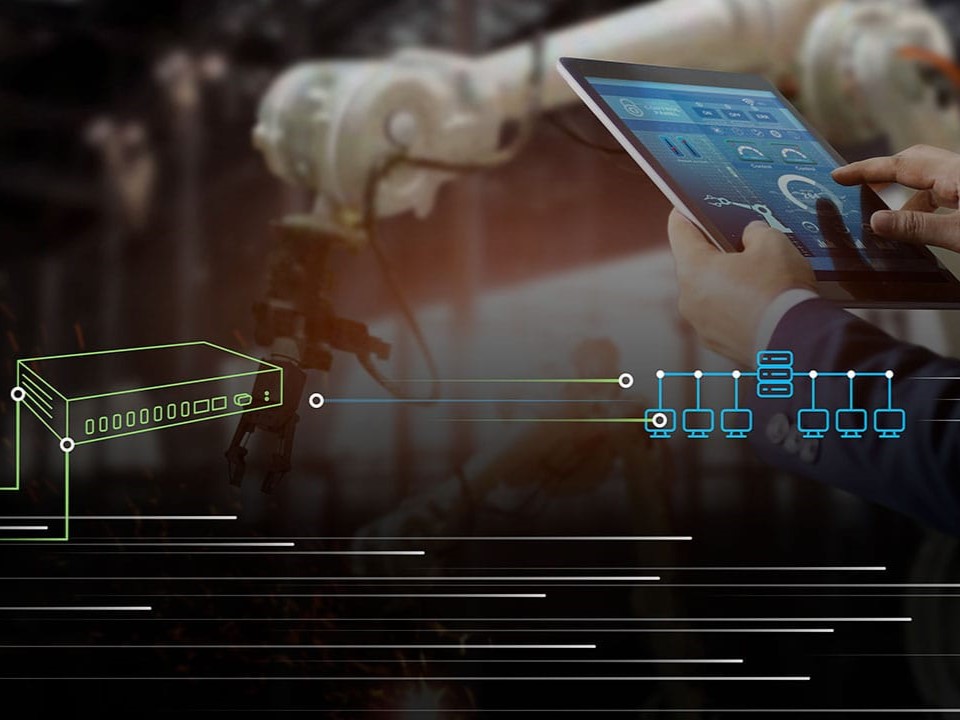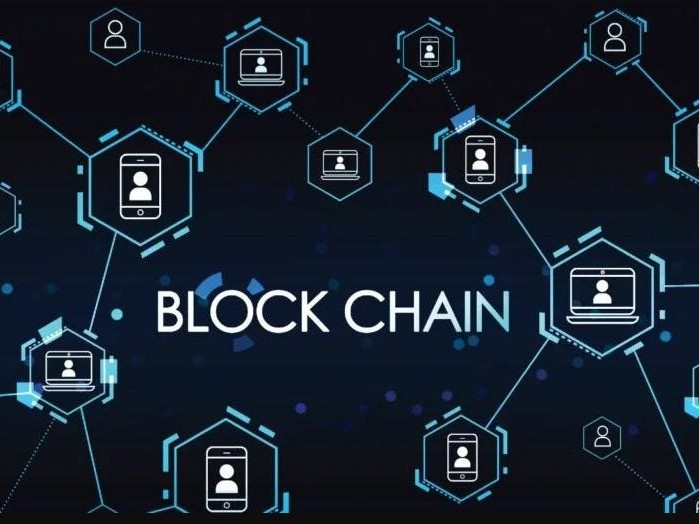Description
Edge computing solutions refer to the practice of processing data closer to the source of data generation, rather than relying on centralized cloud servers. By using local edge devices, such as IoT sensors, routers, and gateways, businesses can reduce latency, improve processing speed, and enhance overall performance. This is particularly crucial in scenarios where real-time data processing is required, such as autonomous vehicles, industrial automation, smart cities, and healthcare applications. Edge computing also helps reduce the amount of data that needs to be sent to the cloud, saving bandwidth and minimizing costs associated with data storage and transmission. Edge computing solutions include the deployment of edge devices, the setup of local data processing systems, and the integration of these systems with cloud environments. Additionally, edge computing can be combined with other technologies, like AI and machine learning, to enable real-time analytics and decision-making at the edge of the network. For example, in the healthcare industry, edge computing can allow medical devices to process and analyze data in real-time, providing immediate feedback to healthcare professionals and improving patient care outcomes. Edge computing also enhances data security by ensuring sensitive data remains localized and reducing the risk of breaches that might occur during transmission to centralized systems. This service supports businesses looking to capitalize on the Internet of Things (IoT) and other connected devices, enabling faster, more efficient operations and enabling the deployment of next-generation applications.





Hindatu –
“The quiet hum replacing the constant whir of servers is actually quite pleasant, almost meditative; beyond the immediate auditory improvement, our remote sites now function with an unexpected smoothness, handling data with a resilience I hadn’t anticipated, leading to a noticeable increase in operational efficiency that’s not just numbers on a spreadsheet, but a tangible improvement in day-to-day workflows, contributing to a less stressed and more focused environment for everyone involved, and honestly, that peace of mind is invaluable.”
Rafiu –
“Honestly, I was initially drawn to the compact, almost understated design of the system, but the consistent uptime since installation is what truly impresses me; the digital dashboards provide such clarity regarding our consumption, which enables us to fine-tune operations and minimize unnecessary resource usage, essentially creating a more sustainable and resourceful work environment, and that’s something to feel good about.”
Augustine –
“Honestly, I was initially drawn to the quiet hum of the new setup – almost meditative compared to the old clanging servers! Beyond that subtle acoustic improvement, the operational fluidity is undeniable; things just *flow* now. There’s a tangible sense of responsiveness to data requests that my group has been craving, and the reduced lag time has freed up more mental bandwidth to truly focus on innovation instead of troubleshooting network hiccups. It’s made our workspace feel more modern, more efficient, and less like a dated tech museum, which is a win in my book.”
Jonah –
“I’ve noticed a tangible shift in how my organization operates; the bottlenecks we used to wrestle with during peak hours have genuinely disappeared, and there’s a newfound smoothness in our data processing that’s freed up valuable time for more innovative pursuits; it’s quite rewarding to see how a well-implemented strategy can quietly revolutionize efficiency without disrupting the day-to-day workflow, and the more sustainable approach to data handling is an added bonus that aligns perfectly with our green initiatives.”
Hammed –
“Honestly, I was initially drawn to the streamlined design and relatively unobtrusive footprint of the hardware, which blends surprisingly well with our existing workspace; beyond the aesthetics, though, the real value has been the noticeable improvement in data processing speeds – complex analyses that used to take considerable time are now completed with satisfying efficiency, leading to quicker turnaround times and a more responsive workflow, resulting in tangible gains across multiple departments without disrupting our established routines.”